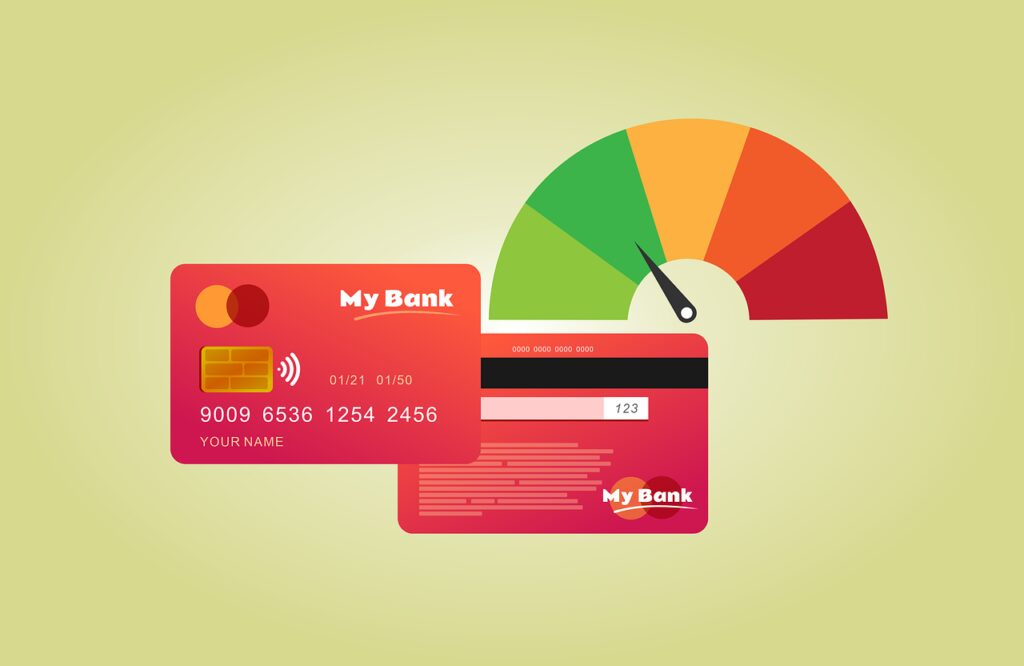
The Ultimate Guide to Building an Emergency Fund Quickly
Financial stability and security are essential goals for anyone aiming to achieve peace of mind and independence. One of the cornerstone strategies for attaining financial security is building a robust emergency fund. An emergency fund acts as a financial buffer, protecting you from unexpected expenses and providing a safety net during challenging times. This comprehensive guide will provide you with practical steps and effective strategies to build an emergency fund quickly and efficiently.
Understanding the Importance of an Emergency Fund
An emergency fund is a sum of money set aside to cover unforeseen expenses such as medical emergencies, car repairs, home maintenance, or sudden job loss. Having an emergency fund can prevent you from going into debt, reduce financial stress, and provide the flexibility to handle life’s unexpected challenges.
How Much Should You Save?
Financial experts typically recommend saving three to six months’ worth of living expenses in an emergency fund. This amount can vary based on your circumstances, such as job stability, number of dependents, and existing financial obligations. To determine your target amount, calculate your monthly living expenses, including rent or mortgage, utilities, groceries, transportation, insurance, and any other essential costs. Multiply this figure by three to six to establish your emergency fund goal.
Step-by-Step Guide to Building Your Emergency Fund
1. Set a Clear Goal
The first step in building an emergency fund is to set a clear and achievable goal. Knowing exactly how much you need to save will help you stay motivated and focused. Break down your overall goal into smaller, manageable milestones. For example, if your target is $10,000, aim to save $2,500 every quarter or $833 per month.
2. Create a Budget
A budget is a crucial tool for managing your finances and identifying areas where you can cut back on spending. Start by tracking your income and expenses for a month to understand your spending habits. Categorize your expenses into essentials (rent, utilities, groceries) and non-essentials (dining out, entertainment, subscriptions). Use this information to create a realistic budget that prioritizes saving for your emergency fund.
3. Automate Your Savings
Automating your savings is one of the most effective ways to build your emergency fund quickly. Set up automatic transfers from your checking account to a dedicated savings account each payday. This ensures that a portion of your income is saved before you have a chance to spend it. Start with a manageable amount, such as 10% of your income, and gradually increase it as your financial situation improves.
4. Cut Unnecessary Expenses
Reducing unnecessary expenses can free up more money for your emergency fund. Review your budget and identify areas where you can cut back. Here are some ideas:
- Cancel unused subscriptions: Streaming services, magazines, and gym memberships can add up. Cancel subscriptions you rarely use.
- Eat out less: Preparing meals at home is usually cheaper and healthier than dining out.
- Shop smart: Look for sales, use coupons, and buy in bulk to save on groceries and household items.
- Reduce utility bills: Turn off lights when not in use, unplug electronics, and use energy-efficient appliances to lower your utility bills.
5. Increase Your Income
Finding ways to boost your income can significantly accelerate your savings. Consider the following options:
- Take on a side hustle: Freelancing, gig work, or part-time jobs can provide additional income.
- Sell unused items: Declutter your home and sell items you no longer need on platforms like eBay, Craigslist, or Facebook Marketplace.
- Ask for a raise: If you’ve been performing well at your job, consider asking for a raise or seeking a promotion.
6. Save Windfalls
Whenever you receive unexpected money, such as tax refunds, bonuses, or gifts, commit to saving a significant portion of it. This can give your emergency fund a substantial boost without affecting your regular budget.
7. Open a High-Yield Savings Account
Storing your emergency fund in a high-yield savings account can help your money grow faster. These accounts offer higher interest rates compared to regular savings accounts, allowing you to earn more interest over time. Ensure that the account is easily accessible in case of emergencies but separate from your everyday spending account to reduce the temptation to dip into your savings.

Maintaining and Growing Your Emergency Fund
Once you’ve reached your emergency fund goal, it’s important to maintain and grow it to keep pace with inflation and changing circumstances. Here are some tips to ensure your emergency fund remains robust:
1. Regularly Review and Adjust Your Fund
Periodically review your emergency fund to ensure it still meets your needs. Major life changes, such as getting married, having children, or buying a home, may require you to adjust your target amount. Keep track of your living expenses and adjust your savings goals accordingly.
2. Replenish After Use
If you need to dip into your emergency fund, make it a priority to replenish it as soon as possible. Treat replenishing your fund as an essential expense in your budget until it’s back to the desired level.
3. Keep It Separate
Maintain your emergency fund in a separate account from your regular savings or checking account. This separation helps to prevent accidental spending and keeps your emergency fund distinct from your other savings goals.
Additional Strategies for Building an Emergency Fund Quickly
Beyond the basic steps outlined above, there are additional strategies that can help you build your emergency fund more rapidly:
1. Utilize Cash-Back and Reward Programs
Take advantage of cash-back and reward programs offered by credit cards, apps, and retailers. Use a cash-back credit card for everyday purchases and ensure you pay off the balance each month to avoid interest charges. Allocate the cash-back rewards directly into your emergency fund.
2. Participate in Savings Challenges
Savings challenges can make the process of building an emergency fund more engaging and motivating. Popular challenges include:
- 52-Week Savings Challenge: Save an increasing amount each week, starting with $1 in week one and adding a dollar each week. By the end of the year, you’ll have saved $1,378.
- No-Spend Challenge: Commit to not spending money on non-essential items for a set period, such as a week or a month. Redirect the money you would have spent into your emergency fund.
- Round-Up Savings: Use apps or banking features that round up your purchases to the nearest dollar and deposit the difference into your savings account.
3. Leverage Employee Benefits
Check with your employer to see if they offer any benefits that can help you save money. Some companies provide financial wellness programs, matching contributions to savings accounts, or discounts on insurance premiums. Utilize these benefits to reduce expenses and increase your savings.
4. Optimize Your Debt Repayment
If you have high-interest debt, such as credit card balances, focus on paying it down quickly. Reducing debt lowers your monthly expenses and frees up more money for savings. Consider using strategies like the debt avalanche (paying off debts with the highest interest rates first) or the debt snowball (paying off the smallest balances first) to expedite the process.
5. Plan for Irregular Expenses
Irregular expenses, such as car maintenance, home repairs, or annual insurance premiums, can derail your savings efforts if not planned for. Create a separate savings category for these expenses and contribute to it regularly. This way, you can cover these costs without tapping into your emergency fund.
The Psychological Benefits of an Emergency Fund
Beyond the financial advantages, having an emergency fund offers significant psychological benefits. Knowing you have a financial safety net can reduce anxiety, improve mental health, and increase your overall sense of well-being. It provides a sense of control over your finances and the confidence to handle unexpected challenges without undue stress.
Conclusion
Building an emergency fund quickly is a vital step toward achieving financial security and peace of mind. By setting clear goals, creating a budget, automating savings, cutting unnecessary expenses, increasing your income, and taking advantage of high-yield savings accounts, you can rapidly build a robust emergency fund. Maintaining and growing your fund over time ensures that you’re always prepared for life’s uncertainties.
Implementing these strategies not only strengthens your financial foundation but also empowers you to take control of your financial future. With a well-funded emergency account, you can navigate unexpected expenses with confidence and continue to work towards your long-term financial goals. Start today, and take the first step towards building a secure and stable financial future.

